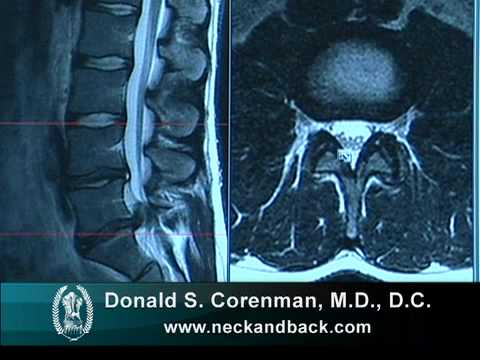
For older generation scanners, the technical ability of the scanner will determine the practically achievable collimation, pitch and exposure factors. Tube loading is no longer relevant for the newer multidetector-row CTs (MD-CT). The downside is a relatively high radiation exposure of the patient and increased examination time and tube loading.

Generally, examinations with high kV and mAs settings, thin collimation and low pitch result in the best image quality.

The choice of imaging parameters determines the image quality and the radiation dose. CT is not well-suited for true dynamic imaging, but “snapshot” imaging at various stages of a continuous movement is possibleĮxternal high attenuation material (especially metal) should be removed if possible to reduce artefact. Despite these low settings, the examination results in good image quality. The examination was performed in low-dose technique, kVp 100, reference mAs 50.
#Spine align images to root free
CT with the patient’s head turned to the left ( a), in neutral position ( b) and turned to the right ( c) demonstrates free movement in the atlantoaxial joint. CT was performed to exclude a fixed rotation anomaly. 1 and and2 2).Ī– c An 11-year-old girl with torticollis since a trampolining accident. CT does not lend itself to true dynamic imaging especially outside the imaging plane, but, for example, flexion extension imaging or imaging in different degrees of rotation of the spine (especially in the cervical spine) can be useful to address specific clinical questions about stability and alignment (Figs. Usually the spine of the patient is aligned along the z-axis of the scanner, the head/neck should be in neutral position. If sedated or anaesthetised, the vital parameters have to be monitored, in particular the airways have to be protected. Pressure points must be avoided, especially during interventional procedures by using padding. If other positions are required, care should be taken to stabilise and secure the patient to prevent movement on the CT table, or even a fall from it. This ensures minimal respiratory movement of the spine and usually good patient comfort, reducing patient movement. The patient position of choice for CT imaging of the spine is supine, i.e. Patient positioning, scan parameters and radiation burden Usually a common sense approach is all that is needed to make CT imaging of the spine a relatively quick, simple and highly reliable examination of high diagnostic value.


Depending on the clinical question, the imaging parameters should be adjusted to adhere to the ALARA (as low as reasonably achievable) principle. In particular, movement artefact and streak artefact due to very high attenuation materials can cause a problem for image interpretation.ĬT of the spine can be associated with high radiation doses and radiation protection has to be considered. While generally a robust imaging method, artefacts can occur in CT imaging. The perceived image quality and the diagnostic performance depend on the choice of imaging parameters and also the post-processing, in particular the reconstruction algorithm and the reformatting parameters, as well as the mode of display. CT is fast and well-tolerated by almost every patient. Assessment of the soft tissue structures of the spine is often limited and augmentation with contrast medium administration can be indicated. Computed tomography (CT) is the examination of choice for the assessment of the bony structures of the spine.


 0 kommentar(er)
0 kommentar(er)
